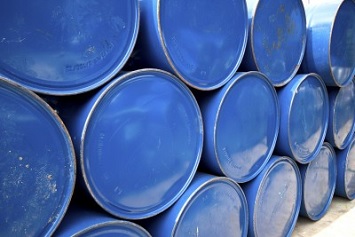On June 11, 2021, the EPA published advance notice of proposed rulemaking to add 1-bromopropane (1-BP) to the Hazardous Air Pollutants (HAP) list.
This addition is historical as it will mark the first time an air toxin has been added to the HAP list through a petition and it “is the first time that a substance will be added to the HAP list since the initial list was established by the 1990 [Clean Air Act (CAA)] Amendments,” according to the notice in the Federal Register. “The addition of 1-BP to the HAP list could have immediate regulatory compliance impacts to facilities that emit 1-BP.”
Under the CAA, the EPA is required to evaluate and regulate emissions from HAPs, which are also referred to as air toxics. “The original CAA list of regulated air toxics included 189 pollutants,” according to the EPA. “Since 1990, EPA has modified the list through rulemaking so that it now includes 187 pollutants.”
This rulemaking is expecting to be finalized by the end of the year, and the CAA requires the EPA to promulgate emissions standards for HAPs within two years.
The CAA provides the opportunity for any person to modify the HAP list by petitioning the EPA. Per the Agency, such petitions must include “adequate data for EPA to determine that emissions, ambient concentrations, bioaccumulation, or deposition of the substance are known to cause or may reasonably be anticipated to cause adverse effects to human health or the environment.”
The petitions to add 1-BP to the HAP list were submitted to the EPA in 2010 and 2011 from the Halogenated Solvents Industry Alliance and New York State Department of Environmental Conservation.
The Trump administration granted the petitions in June 2020.
“1-BP, also known as n-propyl bromide (nPB), is a solvent used in electronics and metal cleaning, surface coatings, dry cleaning, adhesives, and as an intermediate chemical in the manufacture of pharmaceuticals and agricultural products,” according to the EPA.
Industry Outlook
The largest user of 1-BP, according to the EPA, is the halogenated solvent cleaning industries source category, followed by certain dry-cleaning operations.
All sources emitting 1-BP will need to reevaluate potential applicability and compliance requirements of the National Emission Standards for Hazardous Air Pollutants (NESHAP) at 40 CFR 63. NESHAP applicability triggers Title V operating permit requirements, so sources may need to apply for a permit or modify an existing permit to ensure they are operating in compliance with all regulations and are able to certify compliance.
Next Steps
“The EPA is soliciting data and information on 1-BP usage, emission controls, and costs to inform the process to address the implementation of the upcoming listing action and to ensure that the regulatory infrastructure is in place to effectively and efficiently control the emissions of 1-BP,” according to the information posted in the Federal Register.
For more information, see the EPA 1-BP information page.

